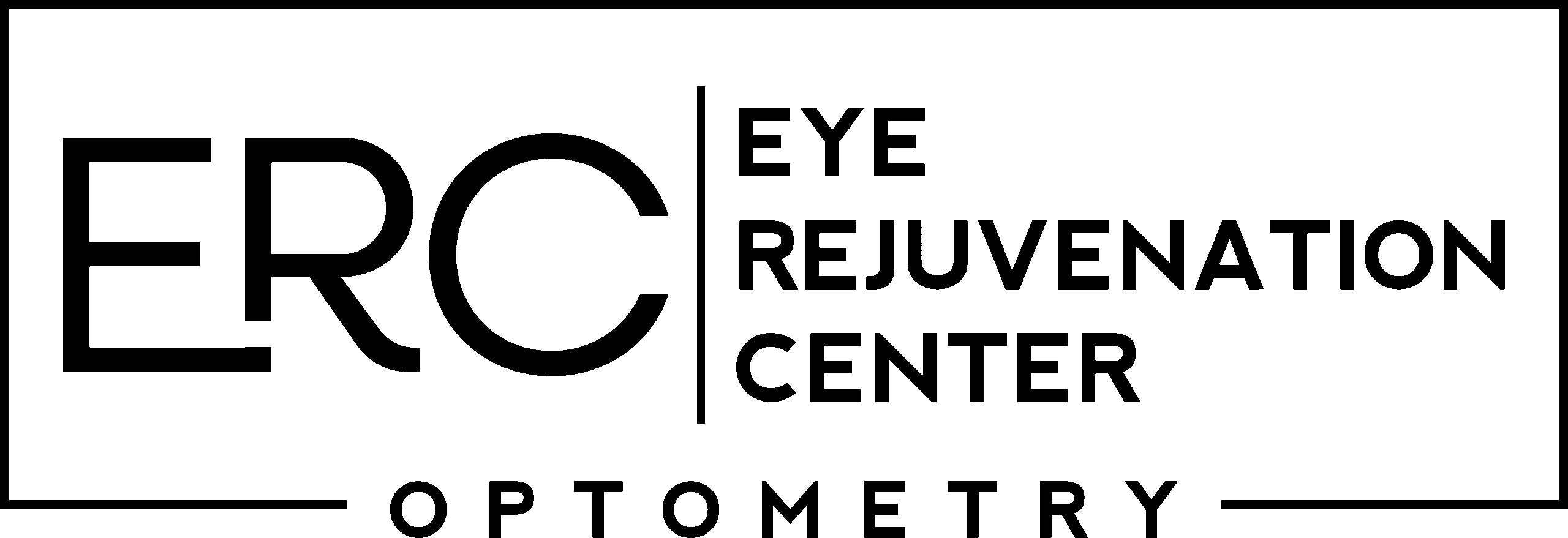If you wear glasses and are considering switching to contact lenses, you might wonder: Can you use the same prescription for both? The short answer is no—contact lens prescriptions differ from glasses prescriptions, even though they both aim to correct your vision.
That’s because contact lenses sit directly on your eyes, while glasses rest at a distance. The physical difference affects how light enters your eye, changing the prescription values needed for sharp, comfortable vision.
Understanding why these prescriptions differ can help you make confident choices when updating your vision care routine.
Why Can’t You Use a Glasses Prescription for Contact Lenses?
Your glasses prescription is designed for lenses that sit about 12 millimetres away from your eyes. Contact lenses, however, sit right on your cornea.
The change in distance means your contact lenses must account for various additional factors to correct your vision properly and fit your eye comfortably and safely.
Your glasses prescription is also missing vital measurements for contacts, including the curve of your eyes, which is essential for determining the correct lens shape.
When you try to use your glasses prescription to order contacts, the lenses are unlikely to fit properly and may negatively affect your eye health. It’s like trying to squeeze your foot into a shoe that’s too small or getting blisters from a shoe that’s too big.
That’s why a dedicated contact lens exam and fitting are essential.
What’s Included in a Contact Lens Prescription?
Contact lens prescriptions include several specific measurements that aren’t part of a standard glasses prescription.
Base Curve (BC)
The base curve, usually a number between 8 and 10, measures the curvature of your cornea. It helps determine how the lens should sit on your eye for a comfortable, stable fit.
Diameter (DIA)
Diameter refers to the overall size of the contact lens. The correct diameter allows the lens to cover the right area and prevents shifting during wear. The number is typically 13–15 mm.
Lens Type or Brand
Contact lenses are made from different materials and designed for different wearing schedules.
Your prescription may specify daily disposables, bi-weekly, or monthly. It will often include the manufacturer and product line your eye doctor recommends for your eye shape and health needs.
Power (SPH)
Spherical (SPH) power is the part most similar to your glasses prescription. It corrects for nearsightedness or farsightedness, but even this number can vary between glasses and contacts due to the placement of the lenses.
Additional Features
Your contact lens prescription may include other abbreviations when you have a non-standard prescription, such as cylinder and axis values for people with astigmatism or a prism value for double vision.
Comparing Both: Glasses vs. Contact Lens Prescriptions
Here’s a quick summary of how the 2 types of prescriptions differ.
Glasses prescriptions include:
- Power (SPH), including OD (right eye) & OS (left eye)
- Cylinder & axis (if you have astigmatism)
- Pupillary distance (for lens placement in frames)
Contact lens prescriptions include:
- Power (SPH), including OD (right eye) & OS (left eye)
- Base curve (BC)
- Diameter (DIA)
- Lens type or brand
- Cylinder & axis (if applicable)
In other words, your glasses prescription might tell you how much correction you need, but your contact lens prescription tells you how that correction fits your eye.
Can Your Glasses Prescription Be Converted to Your Contact Lens Prescription?
It’s not a direct conversion. While an optometrist can use your current glasses prescription as a starting point, a contact lens exam and fitting are required so your contact lenses can offer clear vision, comfort, and safety.
During a contact lens fitting, your optometrist will:
- Measure your corneal curvature
- Evaluate your tear film & eye health
- Discuss your lifestyle & preferences
- Trial different lenses to assess comfort & vision quality
- Train you on how to insert, remove, & care for your lenses
The hands-on process helps you find contact lenses that are both effective and safe for long-term wear.
Types of Contact Lenses to Consider
When you’re switching from glasses to contact lenses, you’ll discover many types of lenses designed to suit different vision needs and lifestyles.
Your optometrist can help you choose a lens that suits your needs, whether you’re focused on comfort, convenience, or specific eye conditions.
Soft Contact Lenses
Soft contact lenses are the most popular lens type and are generally:
- Comfortable & easy to get used to
- Available in daily, bi-weekly, & monthly options
- Convenient for active lifestyles
Rigid Gas-Permeable (RGP) Lenses
RGP or “hard” lenses generally:
- Provide sharper vision, especially for astigmatism or high prescriptions
- Offer improved durability & can be long-lasting
- Require an adjustment period
Specialty Lenses
Specialty contact lens options designed to address specific eye conditions or offer a more customized experience for people with complex prescriptions, including:
- Toric lenses for astigmatism
- Multifocal lenses for presbyopia
- Scleral lenses for dry eye or corneal irregularities

How Often Should You Get a Contact Lens Exam?
Even if your prescription feels right, subtle changes can impact your eye health and the effectiveness of your prescription.
Optometrists generally recommend scheduling yearly contact lens exams to update your prescription. Regular contact lens exams are essential for determining if your lenses still fit properly as your vision or eye shape changes over time.
Contact lens exams also allow your optometrist to:
- Monitor for signs of dryness or inflammation
- Update your lens type if your lifestyle has changed
- Check that you clean & store your lenses properly
The Importance of a Professional Fitting
Some online retailers offer to ship contact lenses without a full prescription or fitting, but skipping this step can lead to discomfort, poor vision, or even corneal damage.
A professional contact lens fitting supports lenses that can:
- Fit your eyes properly
- Correct your vision accurately
- Protect your eye health
A professional fitting is especially crucial if you’re new to contacts or have previously struggled with chronic dryness, allergies, or sensitive eyes.
Choosing What Works for You
Glasses and contact lenses offer unique benefits, and many people enjoy having both options available.
Glasses can be a stylish accessory and are helpful when extended screentime makes contacts uncomfortable due to dryness. Contact lenses can offer freedom and flexibility for active routines.
For all your choices, receiving a prescription tailored to your needs is essential for maintaining long-term eye health and comfort.
Your Partner in Vision Care: ERC Optometry
At ERC Optometry, we provide thorough, personalized contact lens exams to help you find the right lenses for your eyes and lifestyle. Whether you’re making the switch from glasses or exploring contacts for the first time, our team provides a relaxed, collaborative experience that prioritizes your comfort and clarity.
Book your contact lens consultation today and experience modern, knowledgeable care in a spa-like setting.

